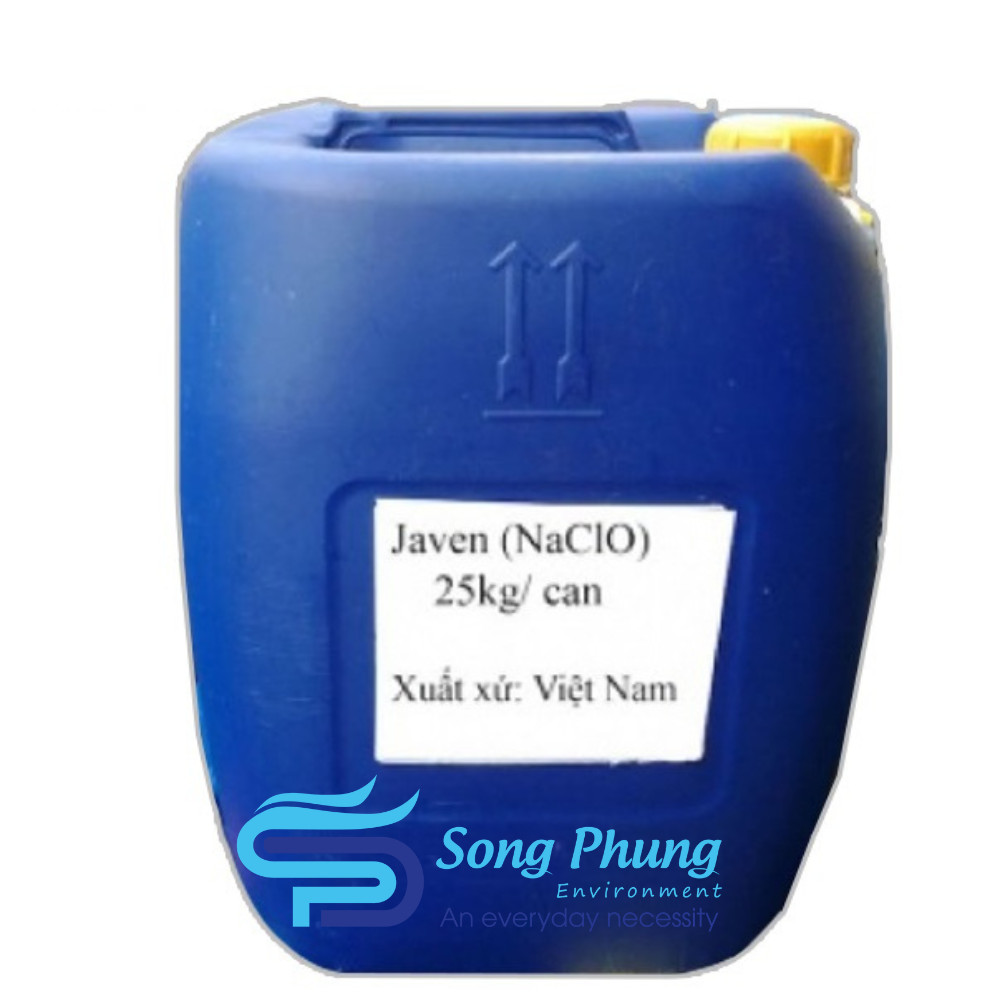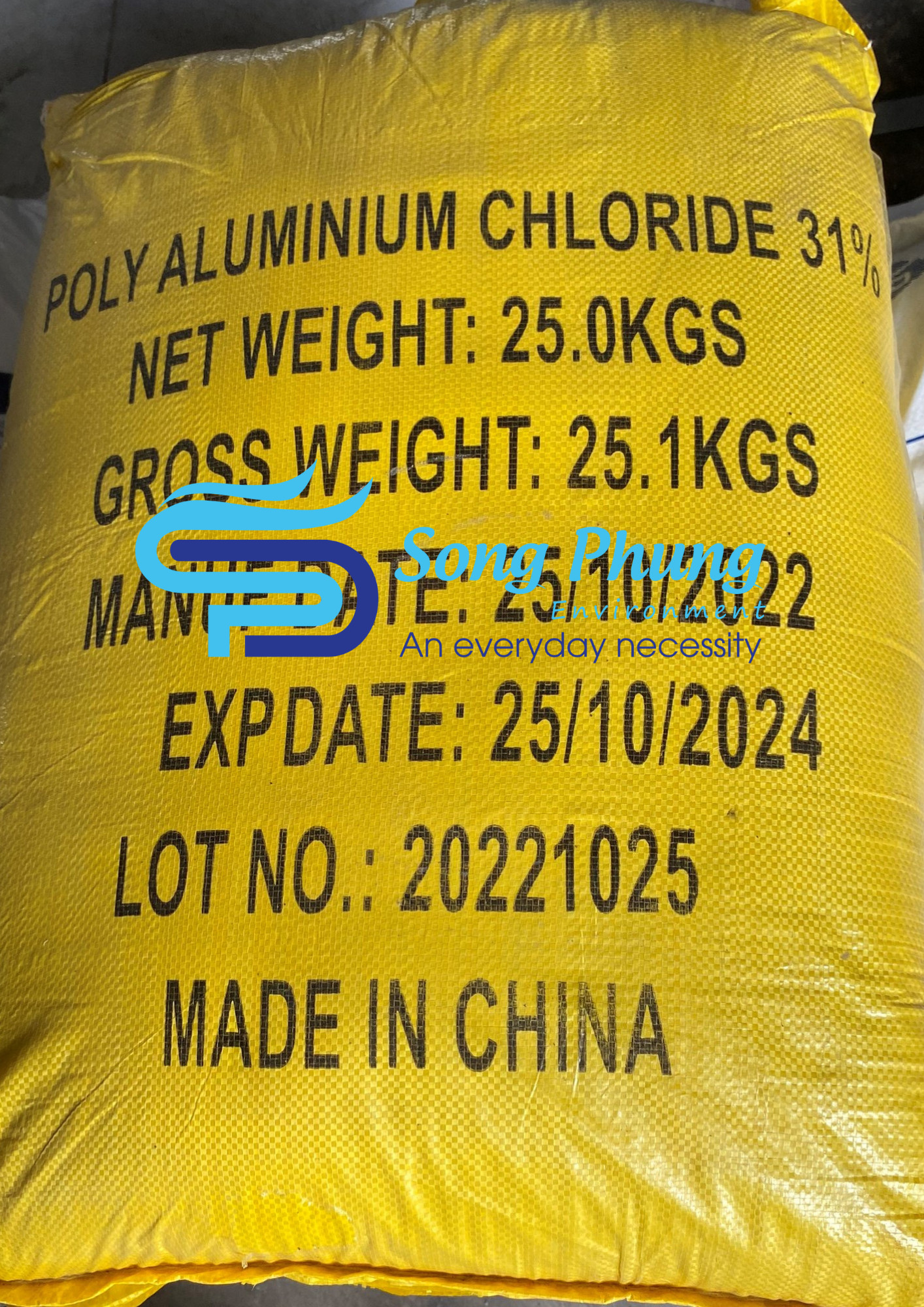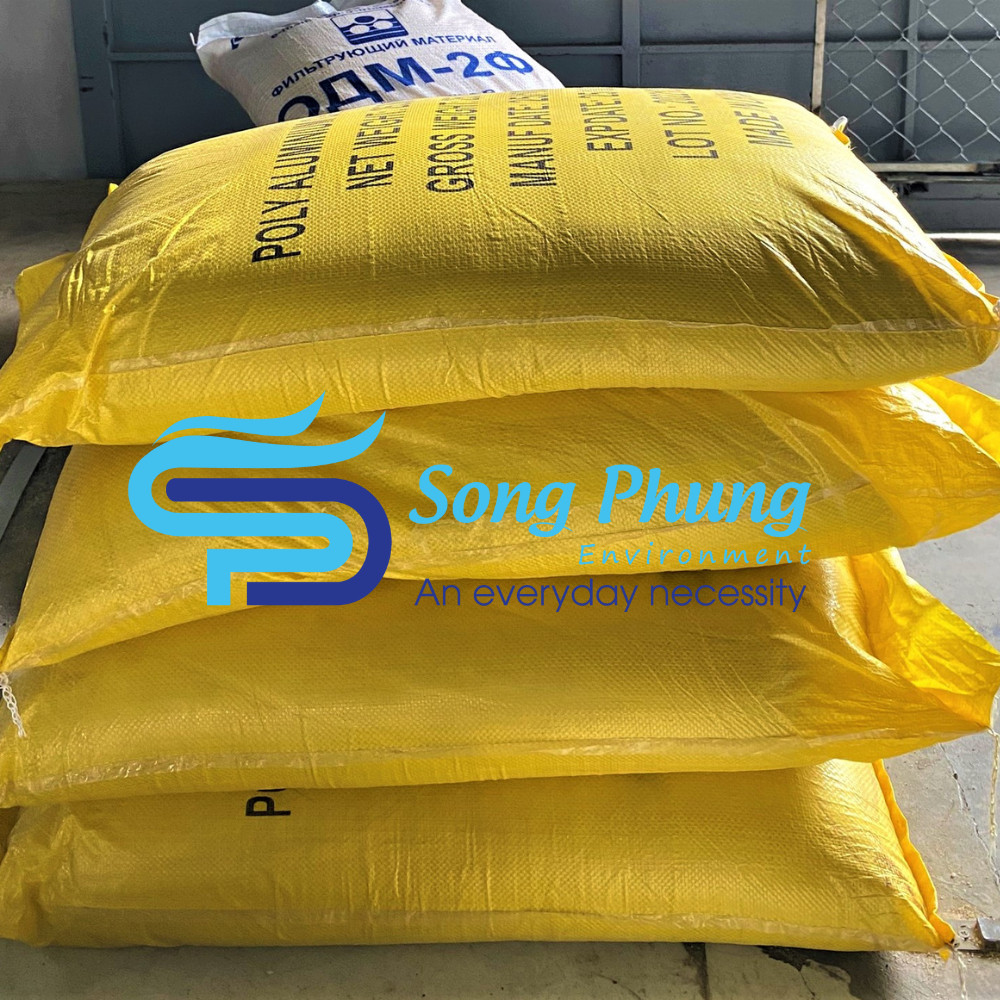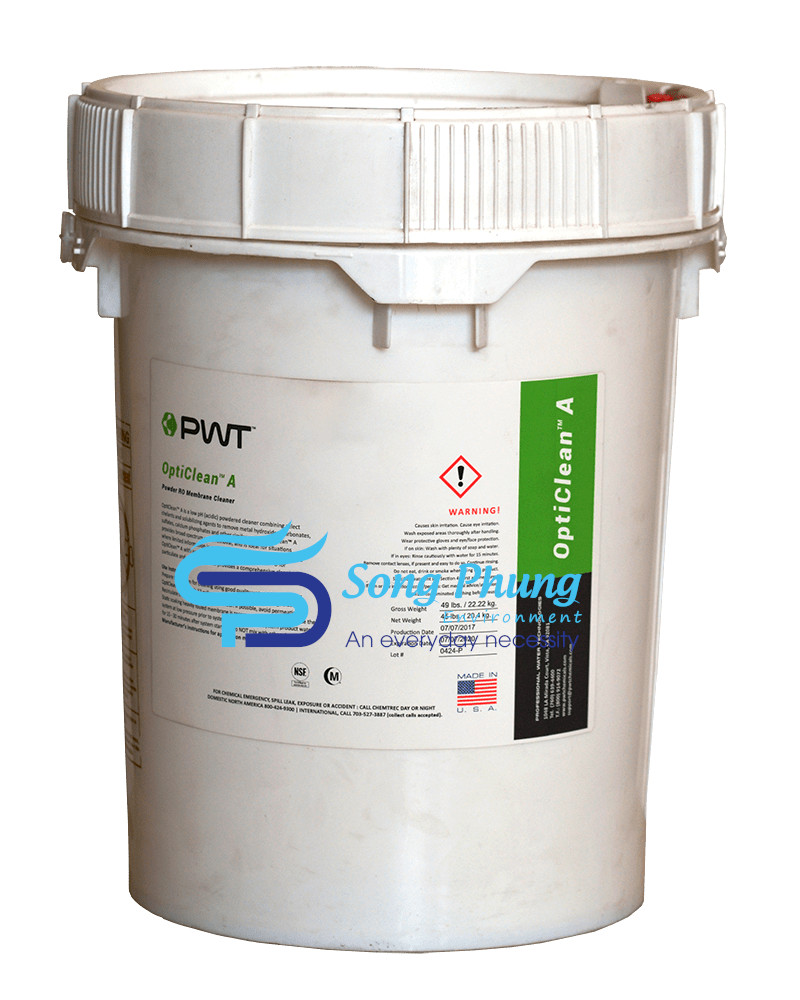PAC
$0.62
- Product name: PAC – Poly Aluminum Chloride
- Origin : China
- Appearance: Lemon yellow, saffron
- Specification: 25kg/bag
----> Giảm ngay 5% tổng đơn hàng khi mua trên 10 đơn vị sản phẩm. Vui lòng đăng nhập vào giỏ hàng và thanh toán để nhận ngay ưu đãi
Thanh toán bằng MoMo giảm ngay 2% - Xem giỏ hàng
Categories: Basic chemicals, Water treatment chemical
PAC for wastewater
- Product name: PAC – Poly Aluminum Chloride
- Origin : China
- Appearance: Lemon yellow, saffron
- Specification: 25kg/bag
- Application: Treatment of swimming pool water, flocculation, sedimentation, … can be used to treat wastewater containing suspended residues such as industrial wastewater in ceramics, brick, paper, dyeing, seafood processing factories cattle slaughterhouse.
Advantage of PAC:
- The settling capacity of PAC is 4-5 times higher than that of alum aluminum sulfate.
- PAC chemicals create large floc, easy-to-settle cotton residues, minimizing the amount of solid waste in the water
- The dose of PAC chemicals is low, saving costs for businesses when using
- Environmentally friendly, safe for users’ health
- Thoroughly remove heavy metals
Physical and chemical properties of PAC:
- Powder, lemon yellow color, completely soluble in water.
- This form of PAC can be stored for a long time when stored in an airtight container, at room temperature and in a cool, dry place.
Chemical properties of PAC:
- Works best in pH conditions from about 6.5 – 8.5 (when heavy metal ions have all precipitated and then sank to the bottom or adhered to the formed colloidal particles).
- When added to water, it will dissolve and give off heat, regardless of the ratio.
- Has strong absorbency.
Application of PAC:
Swimming pool water treatment, flocculation, sedimentation, … can be used to treat wastewater containing suspended residues such as industrial wastewater in ceramics, brick, paper, dyeing, seafood processing factories, and factories. For livestock slaughter, Polyaluminium chloride PAC is used to treat 1 m3 of wastewater in the range of 15-30 grams, depending on the suspended sediment content and the nature of each type of wastewater. The exact dose should be determined through direct testing with the subject to be treated














